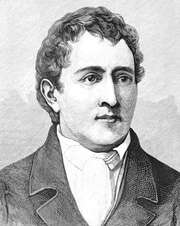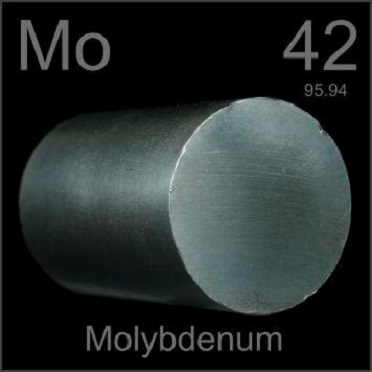The brief history of the discovery of molybdenum
Although molybdenum was discovered in the late 18th century, it was used early before its discovery. For example, in the 14th century, Japan used a molybdenum-containing steel to make a saber. In the 16th century, molybdenite was used as graphite because it was similar to the appearance and properties of lead, galena, and graphite. At that time, Europeans referred to these kinds of molybdenum-containing ore as “molybdenite”.

In 1754, the Swedish chemist Bengt Andersson Qvist tested the molybdenite and found that it did not contain lead, so he believed that molybdenite and galena were not the same substance.
In 1778, the Swedish chemist Carl Wilhelm Scheele found that nitric acid did not react with graphite. While nitric acid reacted with molybdenite and produced a white powder, which was boiled together with an alkali solution to crystallize a salt. He believes that this white powder is a kind of metal oxide. After heating with charcoal, no metal is obtained; and when it is heated together with sulfur, the original molybdenite is obtained, so he believes that molybdenite should be an unknown mineral.

Inspired by Scheler, in 1781, the Swedish chemist Peter Jacob Hjelm used a “carbon reduction method” to separate a new metal from the white powder and named the metal “Molybdenum”.
Molybdenum industry development
Since molybdenum is easily oxidized and has high brittleness, molybdenum smelting and processing are limited. Molybdenum was not able to be machined in the early period, so it is impossible to apply molybdenum to industrial production on a large scale. At that time, only a few molybdenum compounds were used.
In 1891, France’s Schneider Schneider took the lead in the production of molybdenum-containing armor plates using molybdenum as an alloying element. It was found to have superior properties, and the density of molybdenum was only half that of tungsten. Molybdenum gradually replaced tungsten as an alloying element of steel. The application of the molybdenum industry was started.
At the end of the 19th century, it was found that the properties of molybdenum steel were similar to those of tungsten steel of the same composition after the addition of molybdenum in steel. In 1900, the production process of ferromolybdenum was developed. The special properties of molybdenum steel to meet the needs of gun steel materials were also discovered. This made the production of molybdenum steel rapidly developed in 1910. Since then, molybdenum has become an important component of various structural steels that are resistant to heat and corrosion and has also become an important component of non-ferrous metals — nickel and chromium alloys.
This history column aims at introducing the history of different metal elements. If you are a metal lover or history lover, you can follow our website. For previous posts of metal history, you can look them up in the “history” category.
Please visit https://www.sputtertargets.net/ for more information.


One thought on “How was Molybdenum discovered? | History of Molybdenum”